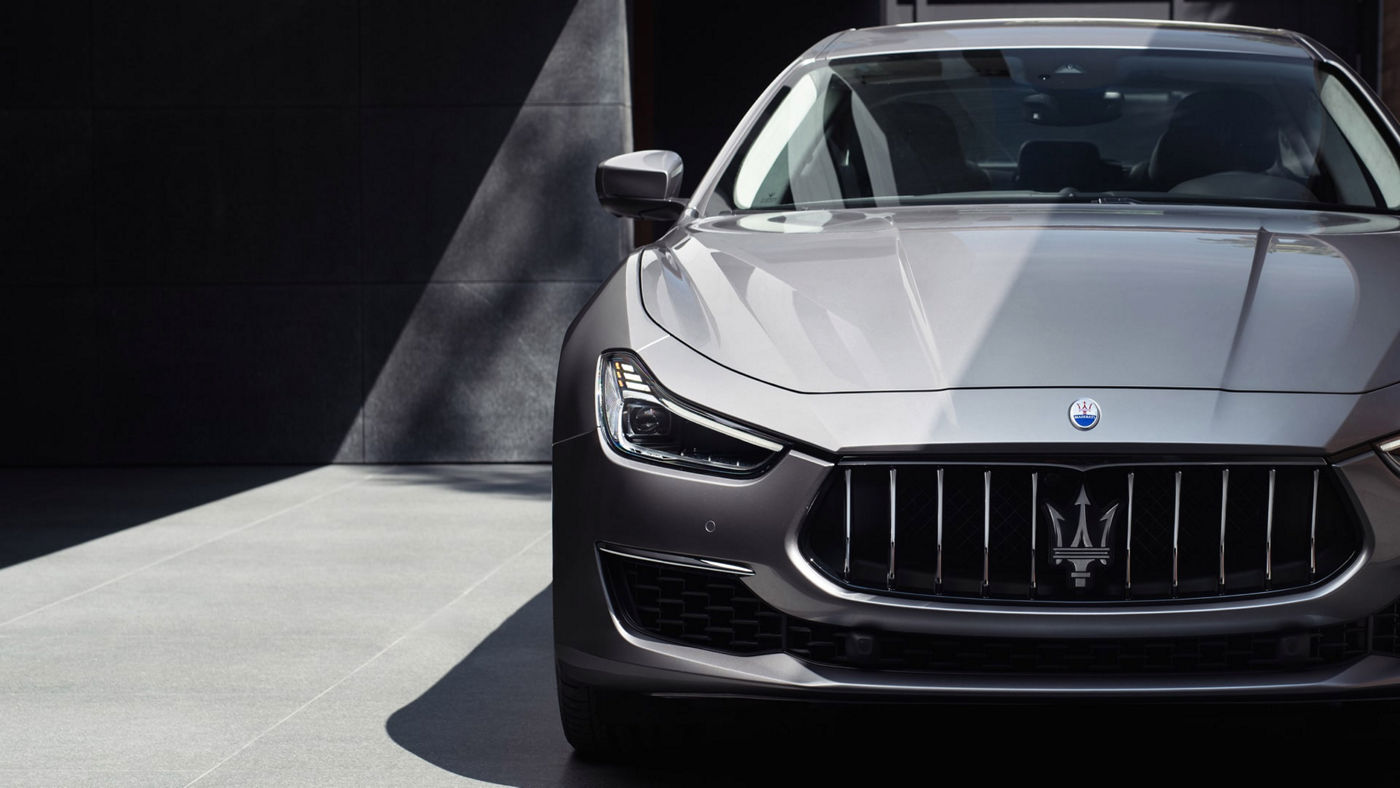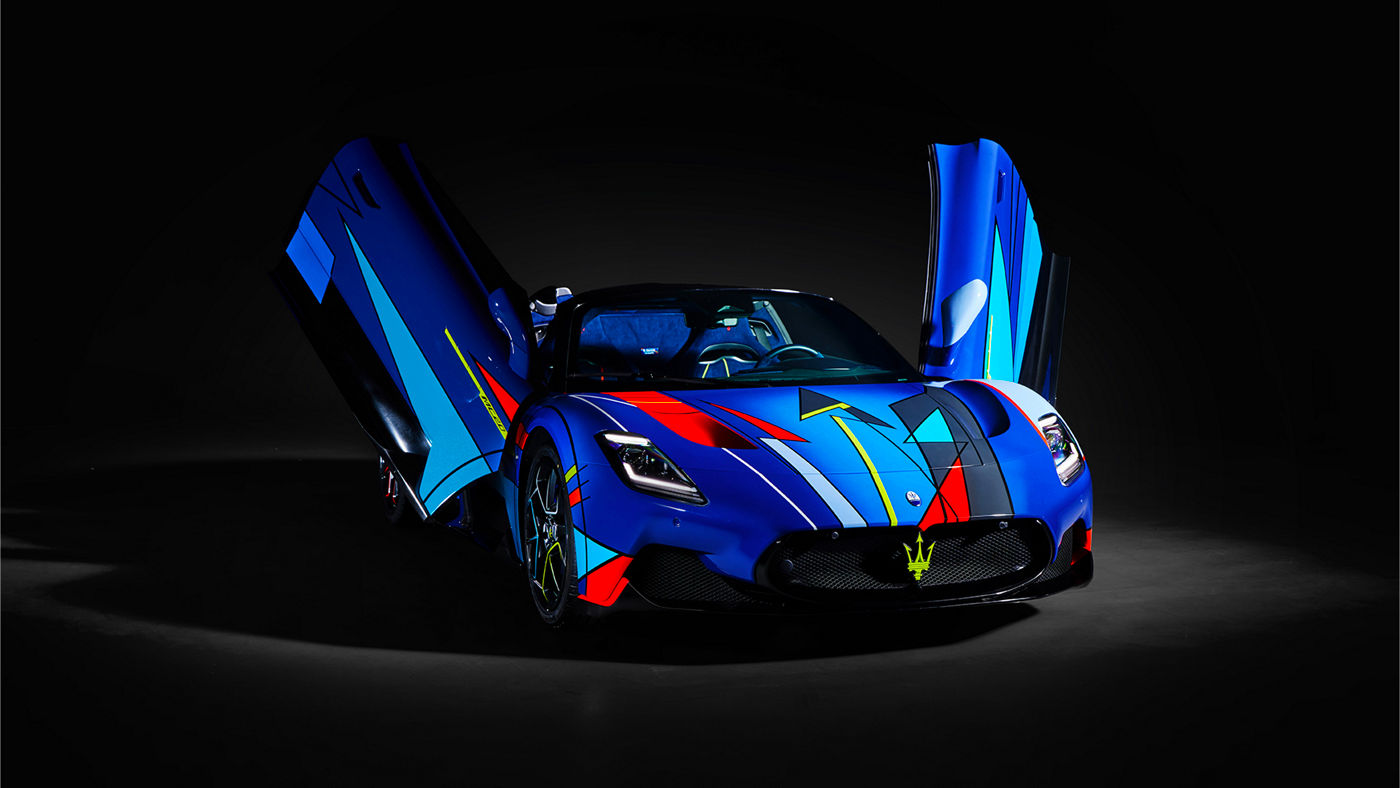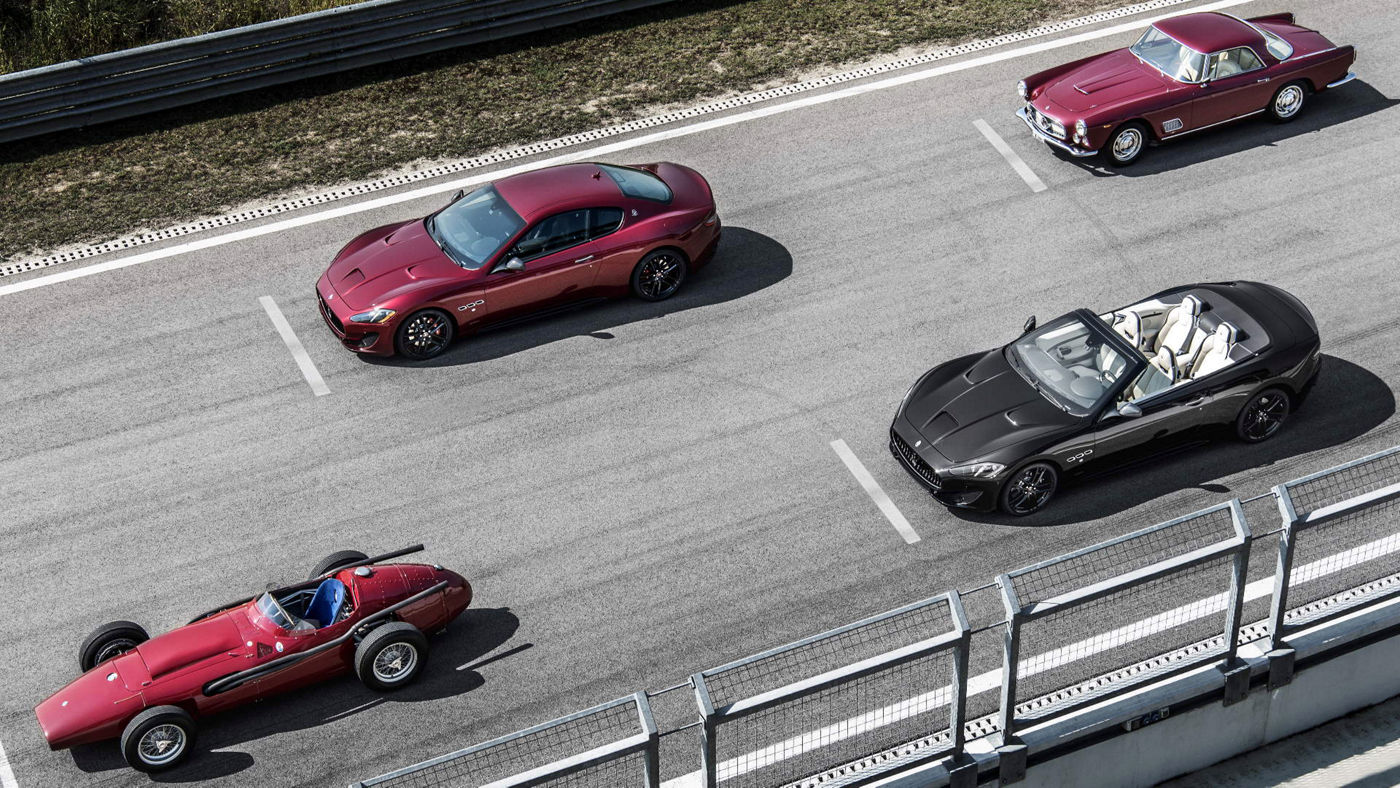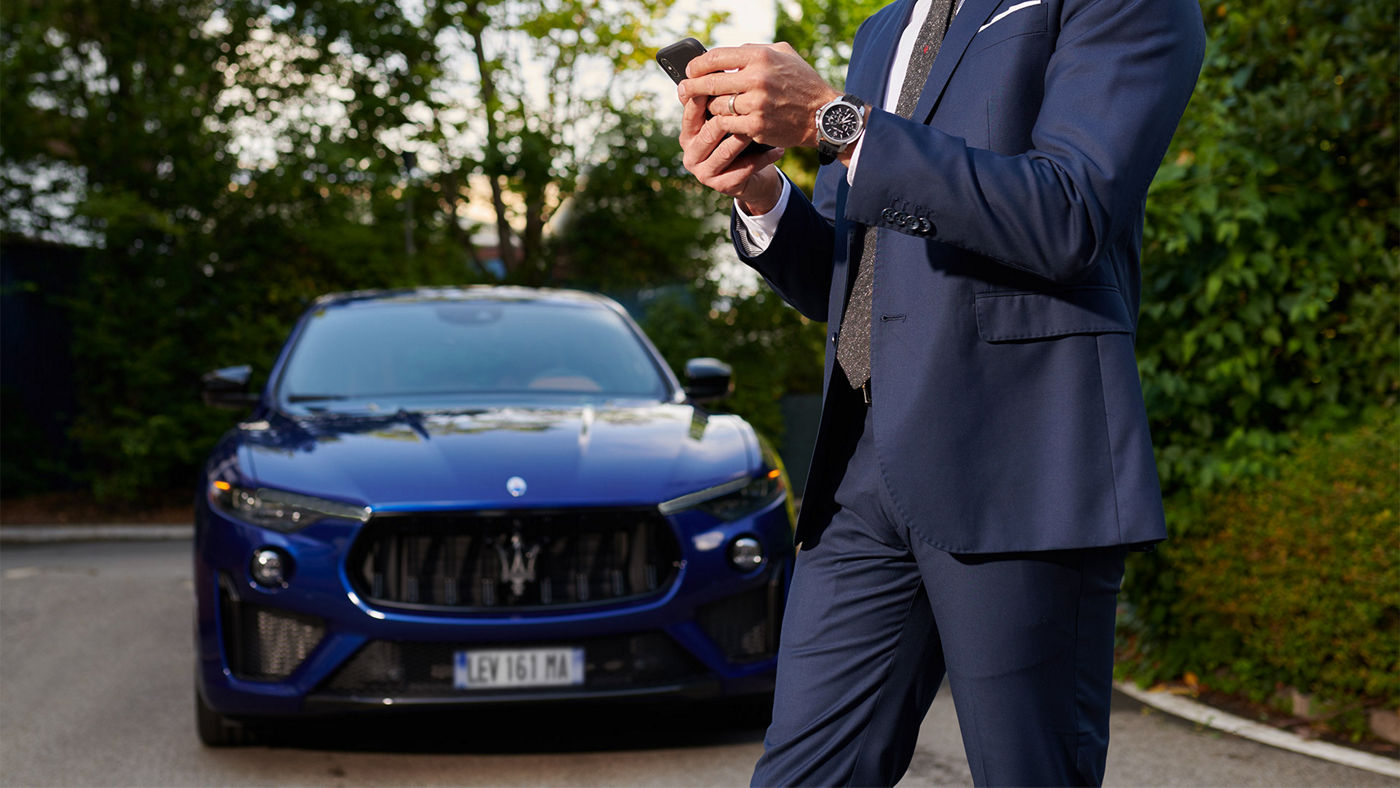Ver todos
Eléctrico
Superdeportivos
Solo para circuito
GRECALE
GRANTURISMO
GRANCABRIO
MCPURA
MCPURA CIELO
MC20
MC20 CIELO
GT2 STRADALE
GT2
MCXTREMA
Special Series

Everyday Exceptional
Velocidad
Potencia

The Others Just Travel.
Velocidad
Potencia

Drive Like the Best Is Yet to Come
Velocidad
Potencia

Pure coupé energy
Velocidad
Potencia

Cielo, Unbound
Velocidad
Potencia

The First of Its Kind
Velocidad
Potencia

Beyond the Sky
Velocidad
Potencia

Racing is Life
Velocidad
Potencia

Racing is Life

Racing is Life
Sobre nosotros
Fuoriserie a medida
Experiencia
Gama 100% Eléctrica
Motorsport
Stories of Audacity
Colaboradores
Latest from the Tridente
Configura el tuyo
Servicios para Propietarios
Soluciones de compra
Certificados Pre-Owned
Buscador de Concesionario
Maserati Store

























































